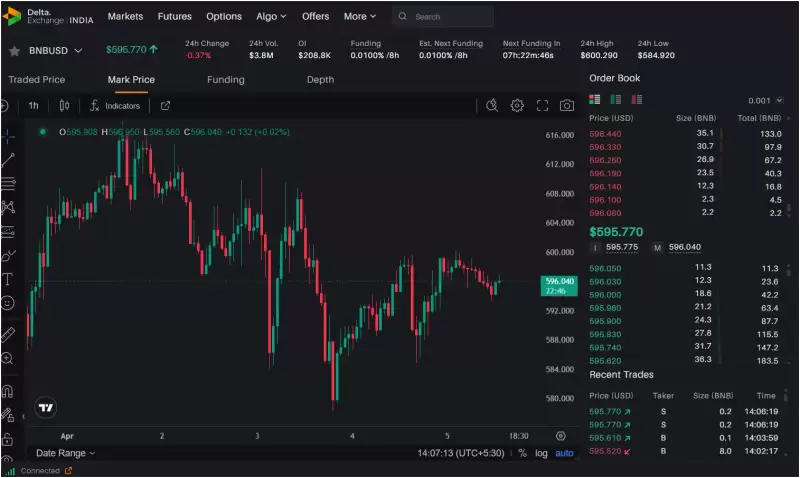 |
|
 |
|
 |
|
 |
|
 |
|
 |
|
 |
|
 |
|
 |
|
 |
|
 |
|
 |
|
 |
|
 |
|
 |
|
Cryptocurrency News Articles
The Performance of Crypto Venture Capital Has Significantly Lagged Behind Bitcoin. Is Crypto Venture Capital Facing a Crisis?
Nov 07, 2024 at 03:39 pm
We analyzed data since 2015 to find answers. In short, the entire industry is in a state of loss. From 2015 to 2022, the $49 billion invested in token

The performance of crypto venture capital has significantly lagged behind Bitcoin. We analyzed data since 2015 to find answers. In short, the entire industry is in a state of loss. From 2015 to 2022, the $49 billion invested in token projects created less than $40 billion in value, resulting in a return of -19% (before fees and expenses).
Meanwhile, Bitcoin is about to break its all-time high, having risen 2.3 times from the peak in November 2021 based on the 200-day moving average (see the golden line). We analyzed all venture capital rounds prior to January 1, 2023. In crypto venture capital, out of a total investment of $88 billion, $70 billion (80%) was invested before this date. Why?
Because any more recent investments are not suitable for inclusion in the analysis, as they have had too short a time to realize value.
Typically, it takes about 3 years from the seed round to the token generation event (TGE), while later-stage investments take less than 1 year. Therefore, excluding data from within two years seems reasonable. Of course, there are exceptions, but they are not enough to change the overall analysis. Thus, from 2015 to 2022, about $70 billion was invested, of which we assume 70% was invested in token projects. This is an empirically based estimate.
Clearly, not all crypto venture capital flowed into token projects. However, aside from the recent acquisition of Bridge and Coinbase's IPO, there have been almost no other liquidity events in the market, making it difficult to accurately value these investments at present.
From 2015 to 2022, venture capital invested $49 billion in token projects.
The fully diluted valuation (FDV) of these venture-backed projects reached $439 billion.
Notably, $100 billion of this value comes from SOL.
It is evident that the returns from venture capital are primarily driven by a few exceptional projects, but aside from these specific funds, the entire industry has not widely participated in this value creation.
Therefore, we can consider the remaining value to be $339 billion.
So, what share does the entire venture capital industry hold in these projects?
Assuming that venture capitalists collectively hold 15% of these token FDVs.
Each round of venture capital typically purchases about 7% of the network, and there are usually 2 rounds of investment before the token generation event (sometimes fewer).
Thus, a 15% holding seems reasonable.
Based on the current market cap, the venture capital industry theoretically holds tokens worth $66 billion.
If we exclude SOL, this value is $51 billion.
Thus, the overall investment of the entire industry before 2022 (before fees and expenses) grew by 34%, including SOL.
If we exclude SOL, it is essentially flat.
We know there is a significant difference between liquid value (i.e., market cap) and fully diluted valuation (FDV).
This data is based on the assumption that the FDV of locked tokens can be sold at current prices.
If we consider a standard discount for market illiquidity (DLOM) of 40% (which may vary greatly in the cryptocurrency space), then the project value including SOL is about $40 billion, and excluding SOL is about $30 billion.
Adding fees and expenses, this number will decrease further.
At current prices, the entire industry is actually at a loss.
However, as the saying goes, a 6-foot tall person can still drown in a river with an average depth of 5 feet.
These are all rough averages used to get a general sense of the industry's overall condition.
There are indeed some extreme success stories.
If you invested in the seed round of SOL or made a sufficiently large investment in a small fund in projects with a market cap over $1 billion, your performance would exceed that of Bitcoin and the average of the entire industry.
It is worth noting that the value of most altcoins comes from projects launched in the early part of the previous cycle or even earlier.
Recent projects are still developing, so there may still be room for growth in the future.
Most of the $70 billion invested from 2015 to 2022 was invested in the latter half of this period.
These projects are often investments made by larger venture capital firms at higher valuations.
Therefore, it remains uncertain whether the success of recent projects will yield strong investment returns.
One last point—how does this compare to the returns of Web 2 venture capital in the same years?
According to the reported TVPI (Total Value to Paid-In
Disclaimer:info@kdj.com
The information provided is not trading advice. kdj.com does not assume any responsibility for any investments made based on the information provided in this article. Cryptocurrencies are highly volatile and it is highly recommended that you invest with caution after thorough research!
If you believe that the content used on this website infringes your copyright, please contact us immediately (info@kdj.com) and we will delete it promptly.
-

-

-

-

-

- The 10-year-long legal battle between Ripple and the SEC has now reached its final stage, highlighting Ripple’s ongoing commitment to regulatory clarity.
- Apr 17, 2025 at 03:00 pm
- In the high-profile case of Rippel vs SEC, US SEC may finally be inching toward its conclusion, but before that there's still one critical hurdle as there's still one big hurdle left
-

-

-

-



























































